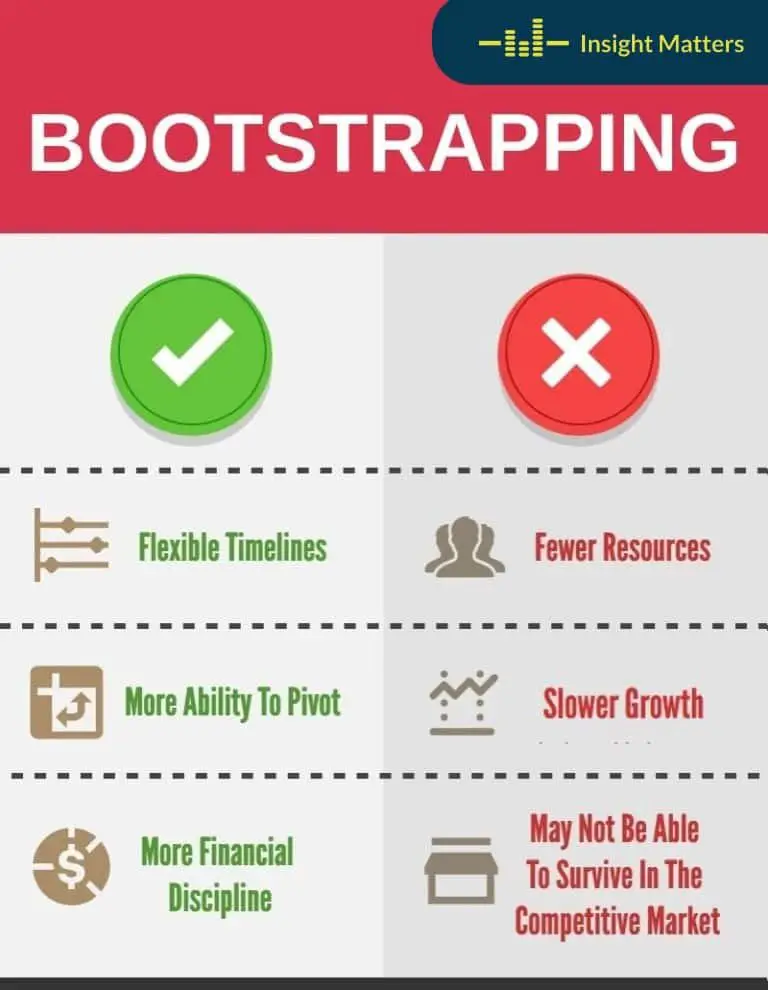Are you feeling overwhelmed by the complex and often confusing world of financial aid? Don’t worry, navigating the financial aid process can be simpler than you think. In this blog article, we will share valuable tips to help you successfully navigate the financial aid process and secure the funds you need for your education. So, whether you’re a student or a parent, keep reading for expert advice on how to make the most of this crucial aspect of your academic journey. With our tips for navigating the financial aid process, you’ll be well-equipped to tackle this important task head-on. Let’s dive in!
Tips for Navigating the Financial Aid Process
Introduction
Applying for financial aid can be a complex and overwhelming process, but it’s an essential step for many students to afford higher education. Navigating the financial aid process requires careful research, organization, and attention to detail. In this comprehensive guide, we will provide you with valuable tips and strategies to help you navigate the financial aid process successfully.
Understanding the Financial Aid Landscape
Before diving into the application process, it’s crucial to understand the different types of financial aid available. Here are the key aspects you should be aware of:
1. Grants
Grants are a type of financial aid that does not need to be repaid. They are typically awarded based on financial need and may come from various sources, such as the federal government, state governments, or institutions themselves. Examples of grant programs include the Federal Pell Grant and the Federal Supplemental Educational Opportunity Grant (FSEOG).
2. Scholarships
Scholarships, like grants, do not require repayment. They are awarded based on various criteria, including academic achievements, athletic abilities, community service, or specific talents. Scholarships can be offered by educational institutions, private organizations, or businesses. It’s crucial to search for scholarship opportunities early and apply to as many as possible.
3. Work-Study Programs
Work-Study programs provide part-time employment opportunities for students with financial need. These jobs are often on or near the campus and offer students the chance to earn money to help cover educational expenses. The earnings are typically paid directly to the student, allowing them to manage personal expenses while in school.
Researching Financial Aid Options
Once you have a thorough understanding of the different types of financial aid available, it’s time to research and explore the specific options that best match your needs. Here’s how to go about it:
1. Start Early
Researching financial aid options should begin well before your intended enrollment date. Take advantage of resources like college websites, financial aid portals, and online scholarship databases. Many scholarships have early deadlines, so starting the process early gives you ample time to gather information and complete applications.
2. Utilize Online Tools
Several websites and resources are dedicated to helping students find financial aid opportunities. Websites like Fastweb, Scholarships.com, and the College Board’s Scholarship Search offer comprehensive databases of scholarships, grants, and other financial aid options. Utilize these tools to filter results based on your qualifications and preferences.
3. Explore Institutional Aid
In addition to federal and state aid, educational institutions often provide their own financial aid programs. Visit the websites of the schools you are interested in and explore the financial aid sections. Look for scholarships, grants, and institutional aid opportunities specific to each school. Make note of any application deadlines and requirements.
4. Research Local Scholarships
Many local organizations, community foundations, and businesses offer scholarships to students within their communities. Check with your high school guidance counselor, local libraries, or community organizations for information about local scholarships. These scholarships often have less competition, increasing your chances of being awarded funds.
Completing the FAFSA
The Free Application for Federal Student Aid (FAFSA) is a critical step in accessing federal and some state financial aid programs. Here are some tips to ensure a smooth FAFSA completion process:
1. Gather Required Documentation
Before starting the FAFSA, gather the necessary documents and information, including your Social Security number, driver’s license, federal income tax returns (including W-2s), bank statements, and investment records. Having these on hand will help streamline the application process.
2. Create an FSA ID
To electronically sign your FAFSA and other federal aid documents, you’ll need to create a Federal Student Aid (FSA) ID. This ID serves as your legal electronic signature and provides access to various federal financial aid websites. Both students and parents will need separate FSA IDs.
3. Double-Check Information
Before submitting your FAFSA, review all the information entered for accuracy. Small errors or typos can delay the processing of your application. Double-check that you have entered the correct personal and financial details.
4. Submit on Time
The FAFSA opens on October 1st each year, and it’s crucial to submit it as early as possible. Many financial aid programs have limited funding, and some scholarships and grants are awarded on a first-come, first-served basis. To maximize your eligibility, submit the FAFSA before the priority deadlines set by your chosen schools.
Understanding Financial Aid Award Letters
Once you’ve completed the FAFSA and received acceptance letters from your chosen colleges, you’ll start receiving financial aid award letters. Here’s what you need to know:
1. Read Carefully
Financial aid award letters outline the types and amounts of financial aid you qualify for from each respective institution. Carefully review each letter, paying attention to the types of aid offered (grants, scholarships, loans) and any conditions or requirements for maintaining eligibility.
2. Understand Cost of Attendance (COA)
The Cost of Attendance (COA) is the total estimated cost of attending a specific institution for one academic year. It includes tuition, fees, room and board, books, supplies, transportation, and personal expenses. Understand the COA to determine the total cost you will need to cover with financial aid, personal savings, or other resources.
3. Calculate Your Net Cost
To assess the true affordability of each institution, subtract the gift aid (grants and scholarships) from the total Cost of Attendance. The resulting figure is your net cost, representing the amount you will need to pay out of pocket or through loans. This calculation will help you compare offers and make an informed decision.
Appealing Financial Aid Decisions
If you receive financial aid award letters that are insufficient to meet your needs, or if your financial circumstances change, you can consider appealing the financial aid decision. Here’s how:
1. Contact the Financial Aid Office
Start by contacting the financial aid office of the respective institution. Explain your situation, providing any additional information or documentation that supports your case. Financial aid officers are there to help, and they may be able to reassess your aid package based on your individual circumstances.
2. Write a Formal Appeal Letter
In some cases, institutions may require a formal appeal letter. In your letter, clearly state why you are appealing and provide detailed information about your financial situation. Include any relevant documents, such as medical bills, job loss notices, or unexpected expenses, to support your appeal. Be proactive and professional in your approach.
3. Explore Other Aid Options
While waiting for a decision on your appeal, continue to explore other aid options. Look for additional scholarships, grants, or work-study opportunities outside of the institution. You can also consider private student loans as a last resort, ensuring you understand the terms and repayment obligations.
Navigating the financial aid process may seem overwhelming, but with careful planning and research, you can make the most of available opportunities. Remember to start early, thoroughly research your options, complete the FAFSA accurately and on time, and understand the details of financial aid award letters. If needed, don’t hesitate to appeal financial aid decisions and explore alternative funding sources. By following these tips, you’ll be well-equipped to navigate the financial aid process and pursue your higher education goals.
What tips do you have for navigating the financial aid process?
Frequently Asked Questions
Frequently Asked Questions (FAQs)
Q: What are some tips for navigating the financial aid process?
A: When navigating the financial aid process, consider the following tips:
Q: How do I determine my eligibility for financial aid?
A: To determine your eligibility for financial aid, you need to complete the Free Application for Federal Student Aid (FAFSA). The information provided in this application will be used to evaluate your eligibility for various forms of financial aid.
Q: What documents do I need to gather before applying for financial aid?
A: Before applying for financial aid, gather important documents such as your social security number, tax returns and W-2 forms, bank statements, and records of any untaxed income. These documents will be needed to accurately complete the financial aid application.
Q: Can I apply for financial aid before being accepted into a college or university?
A: Yes, you can apply for financial aid before being accepted into a college or university. It is recommended to complete the financial aid application process early, even if you haven’t received an acceptance letter yet.
Q: What types of financial aid are available?
A: There are various types of financial aid available, including grants, scholarships, work-study programs, and loans. Grants and scholarships do not require repayment, while work-study programs provide the opportunity to earn money through part-time employment. Loans, on the other hand, need to be repaid with interest.
Q: How can I maximize my chances of receiving financial aid?
A: To maximize your chances of receiving financial aid, it is important to complete the financial aid application accurately and promptly. Additionally, research and apply for scholarships and grants for which you may be eligible. Maintaining good academic standing can also increase your eligibility for certain types of financial aid.
Q: Are there any deadlines for applying for financial aid?
A: Yes, there are deadlines for applying for financial aid, and they vary depending on the institution and the type of aid. It is crucial to be aware of these deadlines and submit your applications well in advance to avoid missing out on potential aid opportunities.
Q: Can I appeal a financial aid decision if I am not satisfied with the amount offered?
A: Yes, you can appeal a financial aid decision if you believe that the amount offered is not sufficient. Contact the financial aid office of the institution you plan to attend to understand the appeal process and provide any supporting documentation that may strengthen your case.
Final Thoughts
In conclusion, navigating the financial aid process can be overwhelming, but with the right approach, it doesn’t have to be. First and foremost, start by familiarizing yourself with the various types of financial aid available. Researching and understanding the eligibility criteria and application deadlines is crucial. Secondly, make sure to gather all the necessary documents and complete the application accurately and promptly. Additionally, don’t hesitate to reach out to financial aid offices or professionals for guidance and clarification. Lastly, be proactive in seeking scholarships and grants to supplement your financial aid package. By following these tips for navigating the financial aid process, you can ensure a smoother and more successful journey towards securing the financial support you need for your education.


